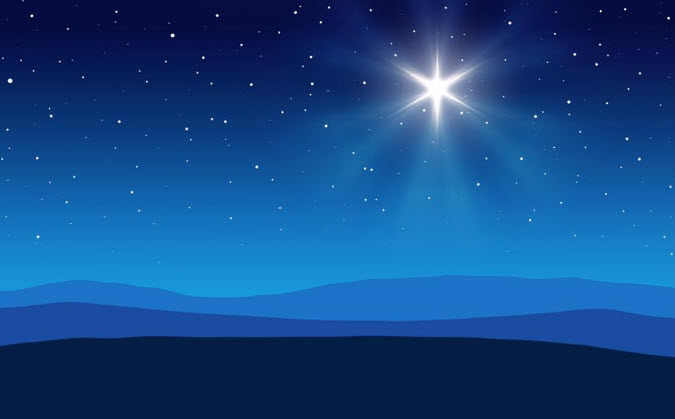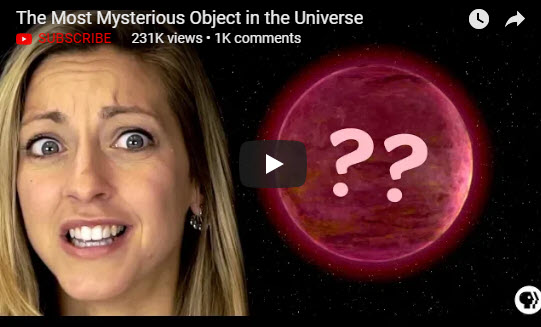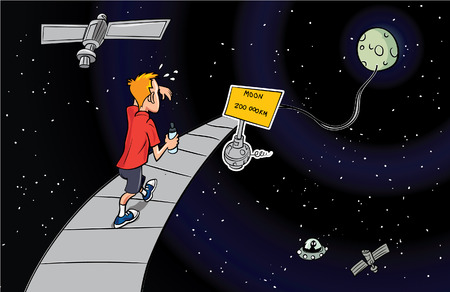
by Michael Frankfort | Jul 10, 2022 | All Science Teachers, Biology, Blog, Critical Thinking, Elementary, Environment, Gr 4-6 Science & Tech, Gr 7-8 Science & Tech, Gr 9-10 Science, Gr. 11-12 Biology, Grade 10, Grade 11, Grade 12, Grade 4, Grade 5, Grade 6, Grade 7, Grade 8, Grade 9, Inquiry, Scientific Investigation Skills and Career Exploration, Scientific Literacy, Secondary, Teaching Strategies
Submitted & Written by Michael Frankfort @mfrank_76 Elementary Teacher, York Region District School Board, STAO Blog Contributor, Sci-Fi Geek This past spring, I had the opportunity to present a webinar for the Ontario Teachers’ Federation called...

by Milan Sanader | Dec 8, 2020 | All Science Teachers
If you managed to see the crescent Moon pass Jupiter and Saturn this week, you’ll have noticed something else about the Solar System’s two largest planets. They’re now really, really close to each other, and on December 21, 2020—the date of the December...

by msander | Jun 11, 2018 | Gr 4-6 Science & Tech, Gr 9-10 Science, Gr. 11-12 Physics
Physics Girl astrophysics series – Brown Dwarfs are among the most recently observed objects in the universe. They have at MOST 8% the mass of the Sun. The lower mass boundary is not known! So they are halfway between stars and gas giant planets. Astrophysicist...

by msander | Jun 8, 2017 | Gr 9-10 Science
Introduction Since the distances to the stars cannot be measured directly, astronomers use a variety of techniques including triangulation and parallax, comparison of absolute and apparent magnitude, and Cepheid variables. Triangulation is an indirect method of...

by cbrookallred | May 3, 2017 | Gr 9-10 Science
When you gaze up in the night sky, some stars will be very bright while other stars are barely visible to the unaided eye. With the aid of binoculars, you may be able to observe different colours in the stars. The brightness and colour of a star depends on three...







Recent Comments